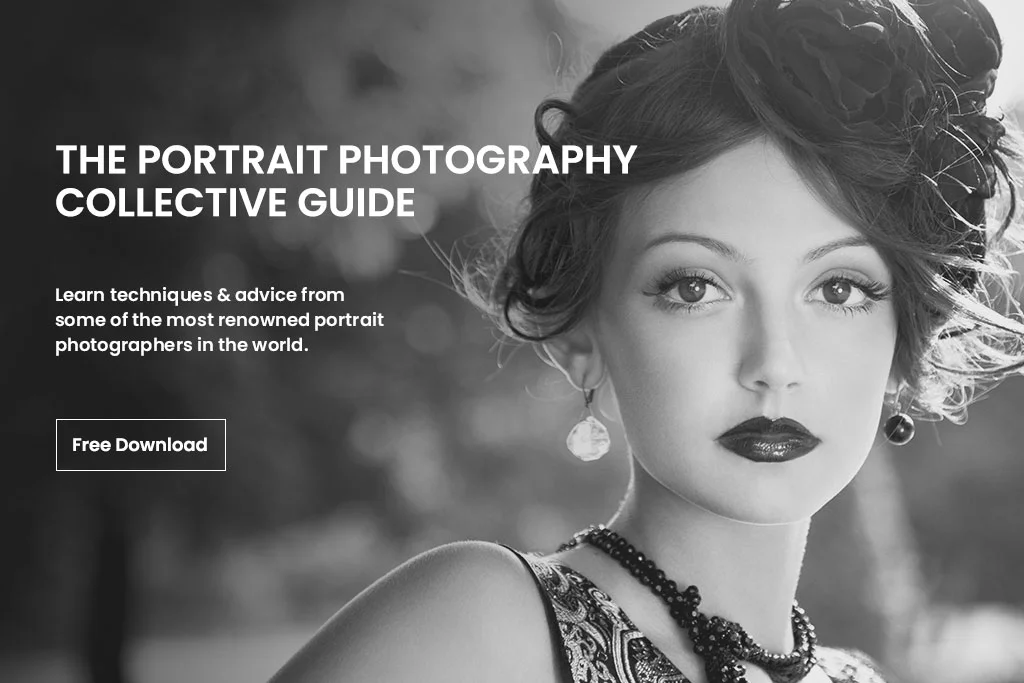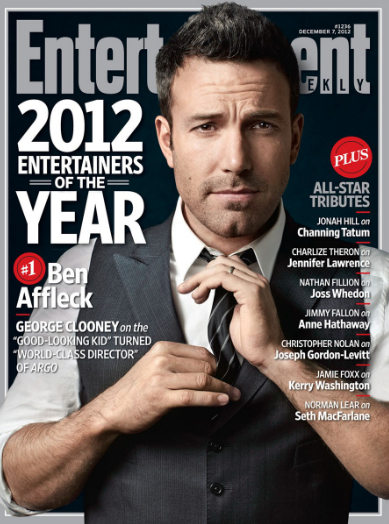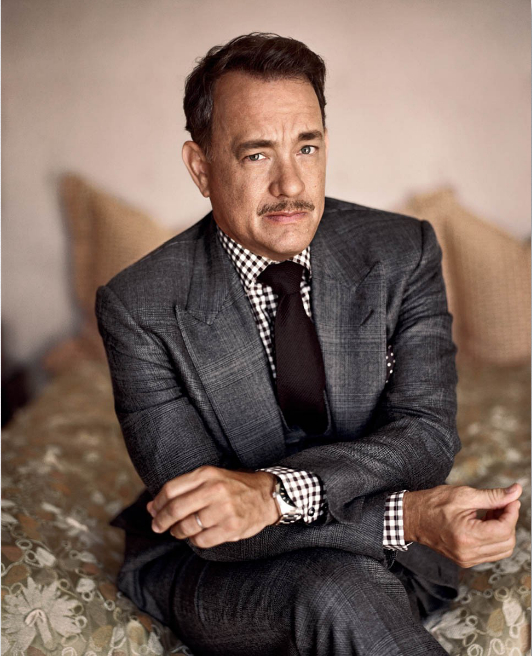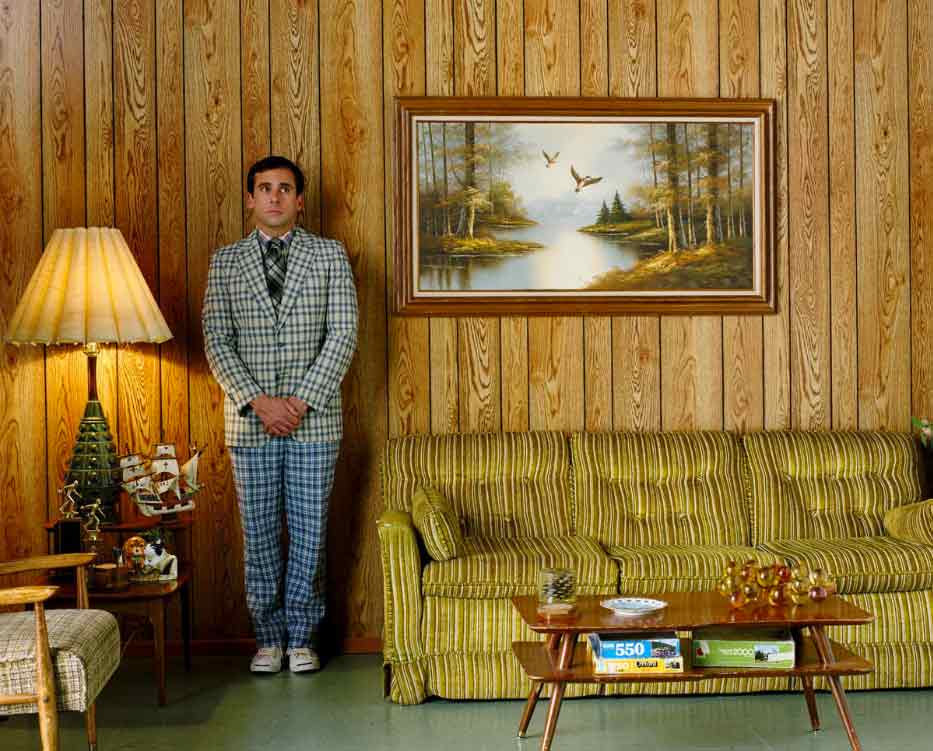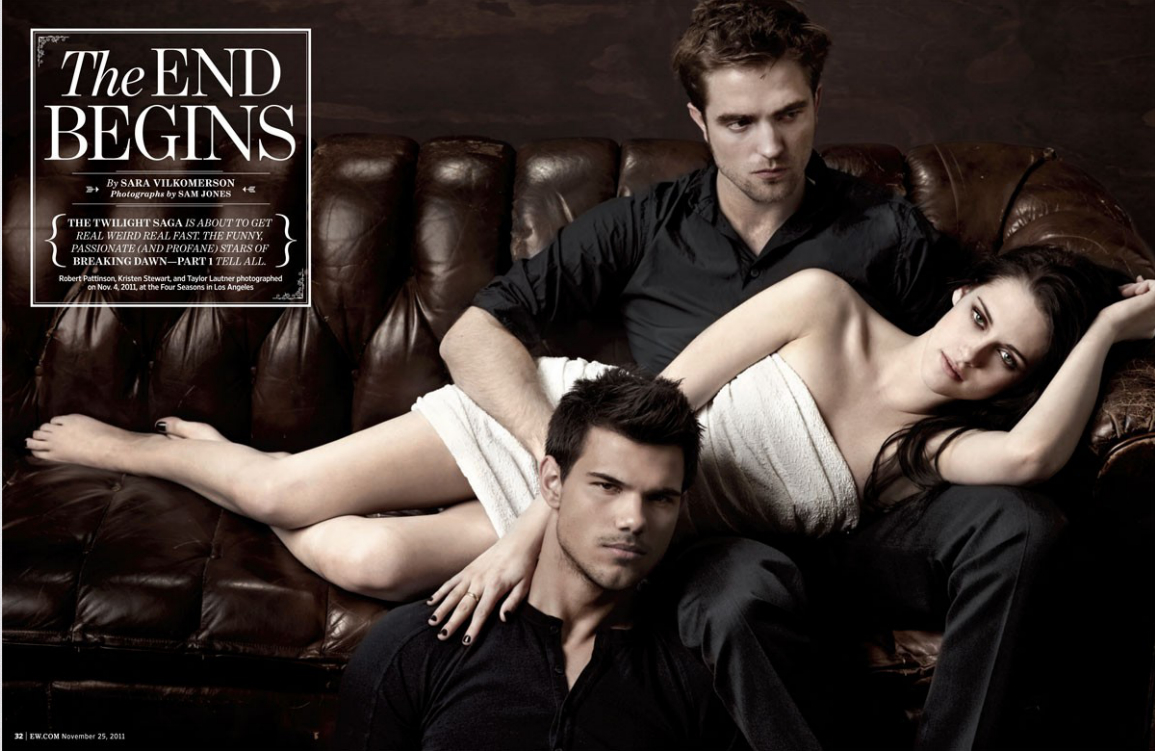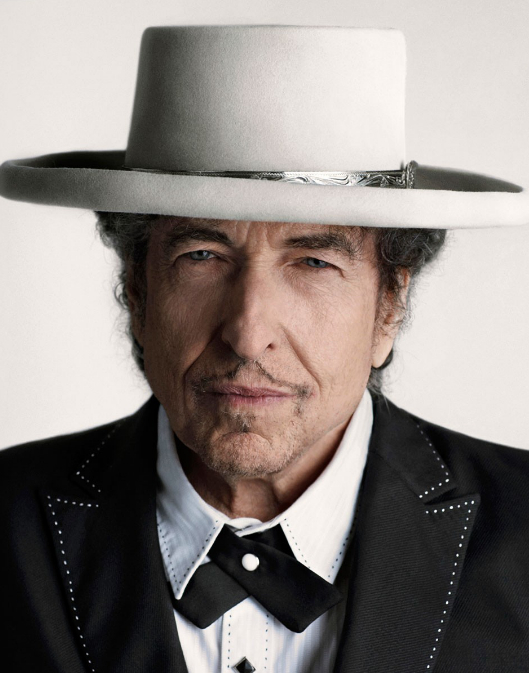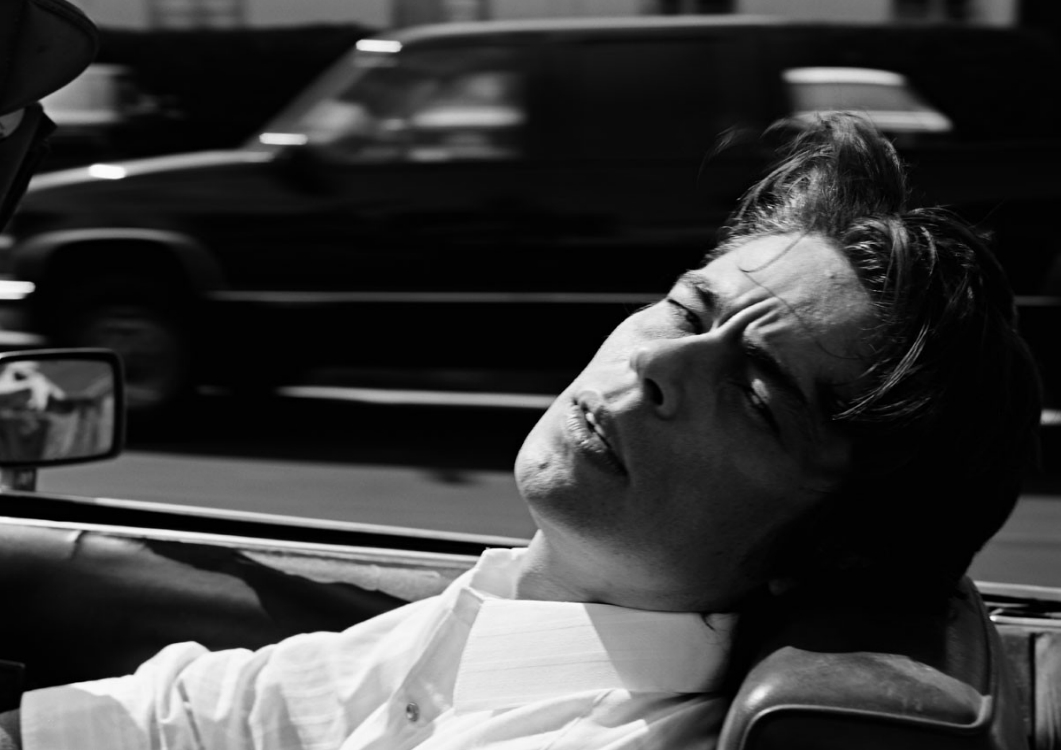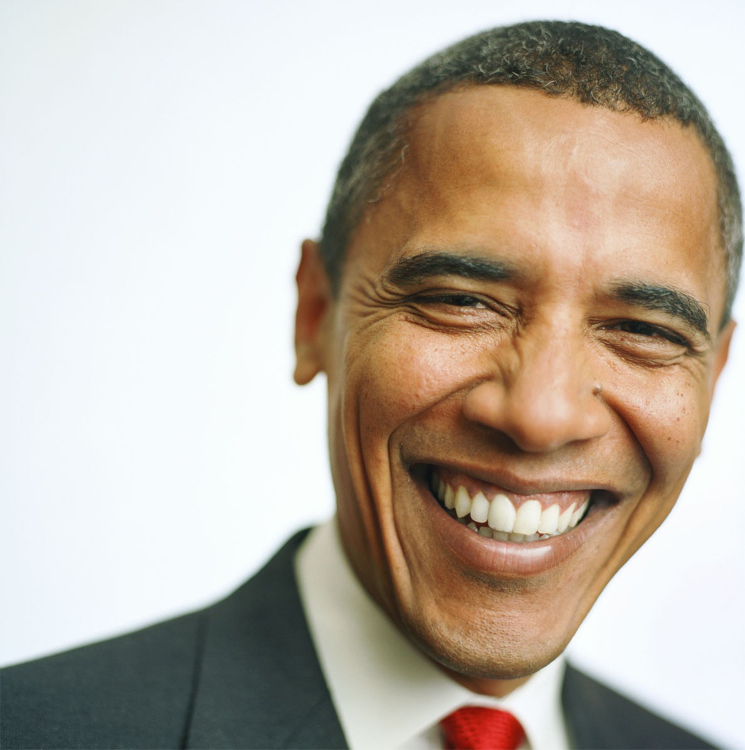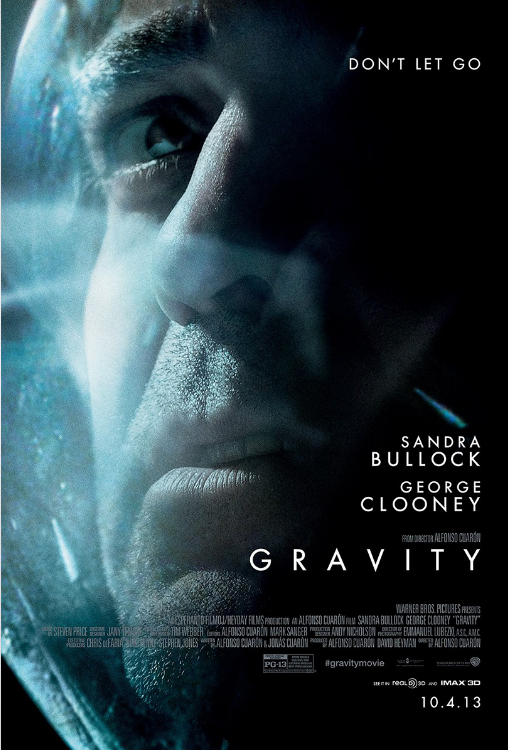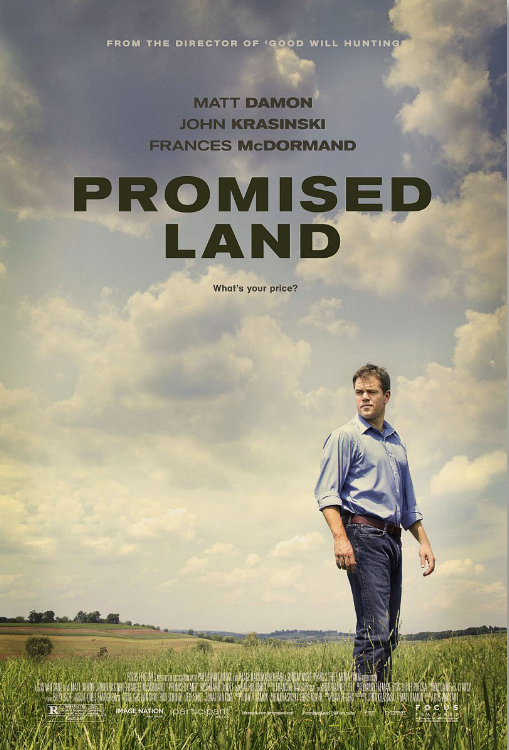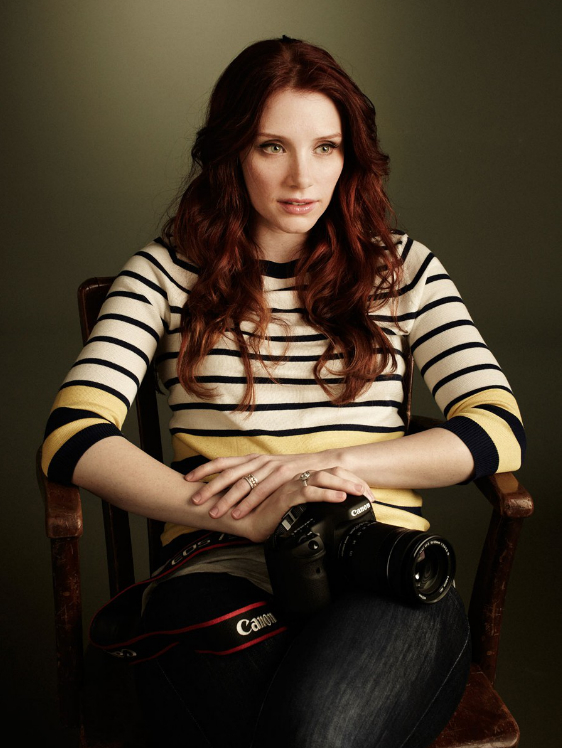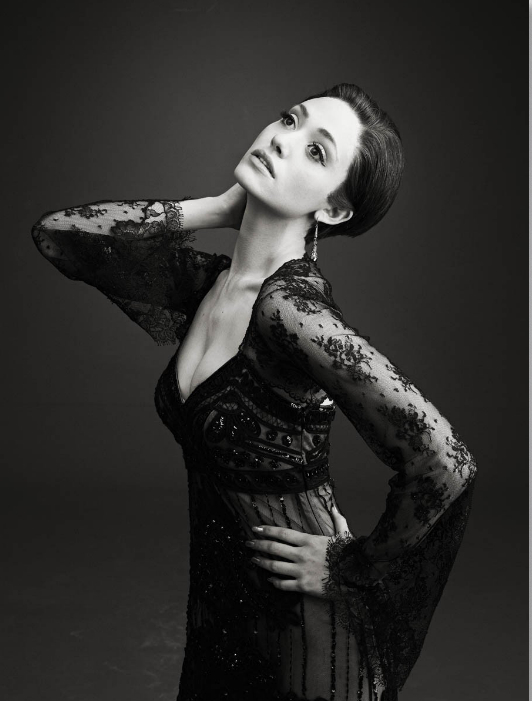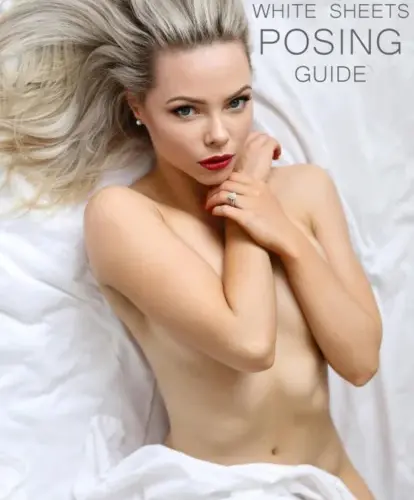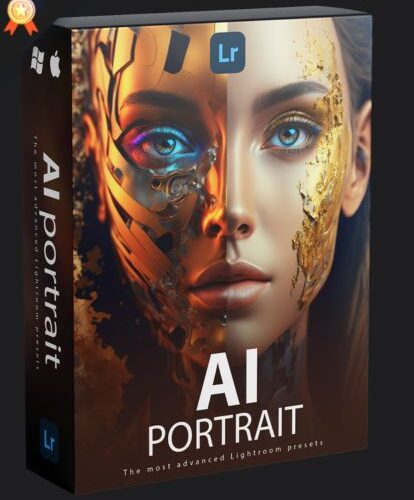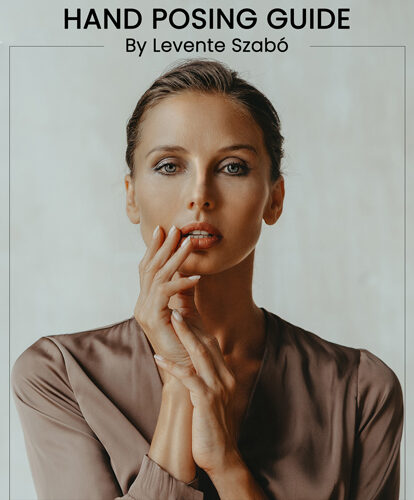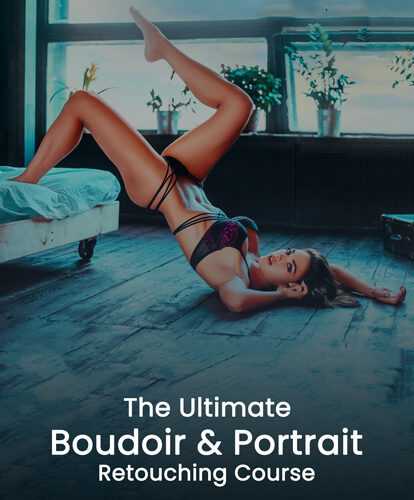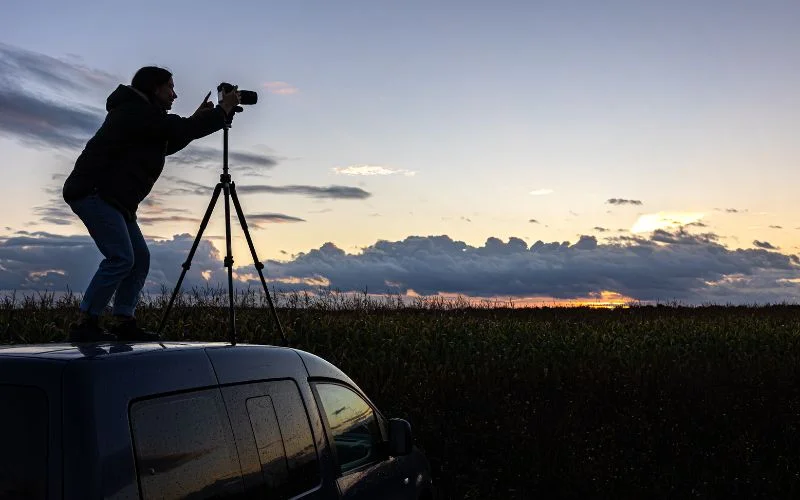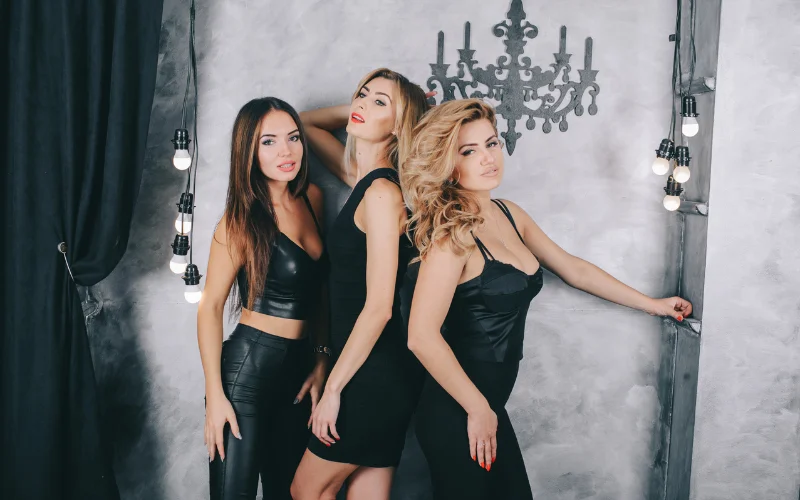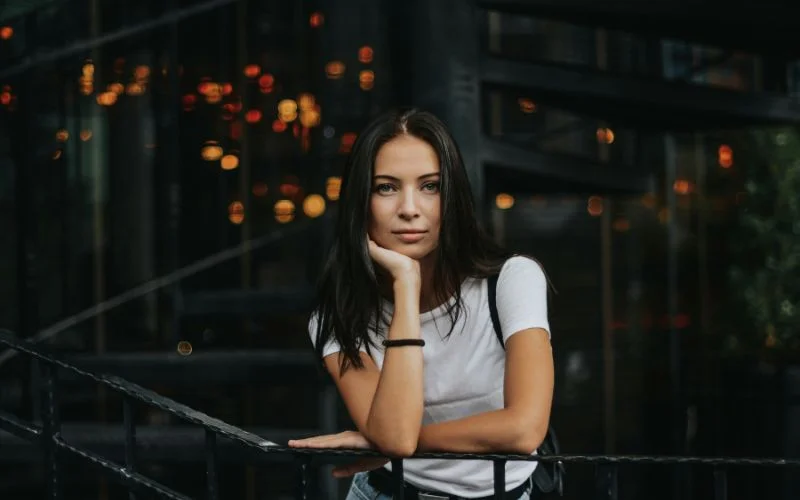About The Author:
Sadly, there are such things as unrealized coincidences and glaring oversights. I learned this the hard way interviewing well-known photographer, director, musician, and skateboarder Sam Jones. You see, when I found out about Off Camera, its own magazine of Sam Jones, television show, and podcast, in February 2013, I knew I had discovered something special.
It was one of those rare places to read insightful, long-form style interviews that didn’t shy away from actual conversation. Now a year later and with a chance to speak with its creator, I failed to ask a single thing about it.
(So I’m mentioning it here: You should check out the interviews of Sam Jones. You’ll learn a bunch.)
But back to the photography of Sam Jones. It needs no introduction — and I promise this canned phrase is entirely warranted. Chances are, you’re familiar with the portraits of Sam Jones, even if you don’t know it. Due to his extensive work with numerous high-profile clients and companies, it’s almost guaranteed that you’ve seen his photographs before.
They’ve been featured by Entertainment Weekly, Rolling Stone, and on numerous movie posters, including those of recent critical favorites like “Gravity” and “Promised Land”. It has been an understated privilege to speak with one of the best.
In this interview, Sam Jones talks about how he got his start in photography, explains the approach used by the artist Sam Jones to portraiture, and reveals what’s special about photography in LA.
Q.1 You’re a well-known celebrity/portrait photographer. How did you get your start in photography?
Ans. After getting my start as a photojournalist at the Associated Press, I landed a position as a stringer at the Los Angeles Bureau right out of college. As a result, I was immediately doing a variety of assignments, which allowed me to gain experience quickly and develop my skills as a photographer
*Note: You might want to learn what it takes to make a mark in Los Angeles photography community – Famous Photographers Interviews
Q.2 How would you describe your work?
Ans. I think the best way to describe my work is by calling it “cinematic portraiture,” I strive to make portraits that feel like they are part of a bigger story and that illustrate the subject authentically and uniquely. Also, I am very influenced by movie stills, political cartoons, literature, and other odd sources that I use to spark an idea. I am always trying to have the mindset that the picture is a still from a film that may only exist in my head, but is very real to me.
Q3. When did you become confident your abilities? Were you ever unsure of your skills?
Ans. I am constantly questioning my decisions and abilities, I think it can be dangerous to be too confident, because then I would just automatically think every impulse I had was good. I try to balance confidence with curiosity, and I am always trying to make a picture that I haven’t made before.
To learn nude photography on your budget, click here
Q4. Your work has a sophisticated feel. I imagine that you’re very precise about aesthetics (I apologize if this is wildly inaccurate). Do you still get “tingles” when you see something beautiful? Does this sense guide you, photographically?
Ans.I am very conscious of design and aesthetics, and therefore, I understand how a color palette, font, or furniture can convey information. However, it’s also crucial to me to create an environment where beautiful accidents can occur.
When beauty happens in a picture accidentally, it’s always much more thrilling and unexpected. I am always striving to see things in a new way, or challenge my perceptions on what makes a good composition.
Q.5 I think most photographers have a precise eye about composition, color, and light. I also think this eye can be taught. How did you develop your sense of seeing?
Ans. I think the more you go through the whole process, from idea, to making the picture, to editing, the more you learn what works and what doesn’t. In some ways I am glad that I came up on film, because I couldn’t immediately make a judgment on an image—I had to wait a few days to see what I shot. By having that distance I was able to see my pictures anew, and separate that moment from the act of shooting them. I think that process trained my eye in some ways.
Q.6 You’ve also photographed President Obama. I’ve always wondered what it’s like taking a president’s portrait. What is the process of photographing a president like?
Ans. When you photograph a president, you invariably have less time that you would like. So you have to be prepared. But if you are too prepared, or too rigid in your approach, you may not make a very interesting picture. My approach with people in power is usually to see if I can humanize them—find a way to make their personality come through the layers of power and control.
And sometimes that requires taking a chance, trying to engage in a conversation, or being a little unorthodox. In the case of President Obama, I found some common ground and was able to have a real conversation, which made him more at ease in front of the camera.
As a result, I made the decision to sacrifice half of my time with him to have a conversation, believing it would enhance the quality of my photographs compared to if I had used my full allotment of time shooting.
Q7. When working on movie posters, I imagine that the producers give you little creative freedom. Is this true? Do you work as a hired lens? How do you express your own style within what I assume is demanding direction?
Ans. Every job is different. With some clients that I have worked with multiple times, they involve me early in the process. I read the script and am encouraged to bring ideas to the table. Sometimes, one of my concepts has ended up being the poster used for the film, which is always nice.
And sometimes I am just asked to make pictures based on concepts that have already been fully fleshed out in terms of sketches. But I always tend to engage more deeply on the jobs where I am a part of the creative process. I also enjoy those jobs because it is often a fun challenge to create a new lighting look that I have not done previously. I have created some of my favorite lighting set-ups on movie shoots when we have a full day to prelight and experiment with stand-ins.
*Note: You might want to check these free movie poster templates available & use them for your next shoot.
Q8. For example, in Promised Land, you capture a familiar “lonesome man looking out to the landscape” moment. This image perfectly corresponds to the narrative of the film. How was this image completed from start to finish? Did you suggest this look?
Ans. Was fortunate to have a lot of freedom and an open-minded client who was willing to experiment with different approaches.
By being on location, I discovered the ideal hillside that conveyed the essence of the movie through my photographs.
Therefore that poster came about very organically, using a natural location, and staying true to what the film was. Those are the best kind of jobs.
Q9. What advice would you give to other aspiring entertainment photographers about securing work? Does having a personality that gels well with celebrities become a requirement?
Ans. I think any advice I could give would apply to any kind of photography, not just entertainment photography. And that is, are you taking the kind of pictures that you love?
Love what you do and put in your all. This will attract your clients and audience. Don’t try to create images that you assume people or potential employers would want. Doing so means chasing an ever-changing and unclear goal.
Q10. You’re Los Angeles based. Give us your thoughts on working in Los Angeles, por favor. What advantages will LA give a photographer?
Ans. I’ve always loved it here for the same reasons that the film industry originally started here: There is great light, great weather, and a plethora of locations that can evoke almost any mood, period, or genre. It is the perfect place to live and work for someone like me who loves natural light and location photography.
Be sure to check out all the work of Sam Jones on his website!

